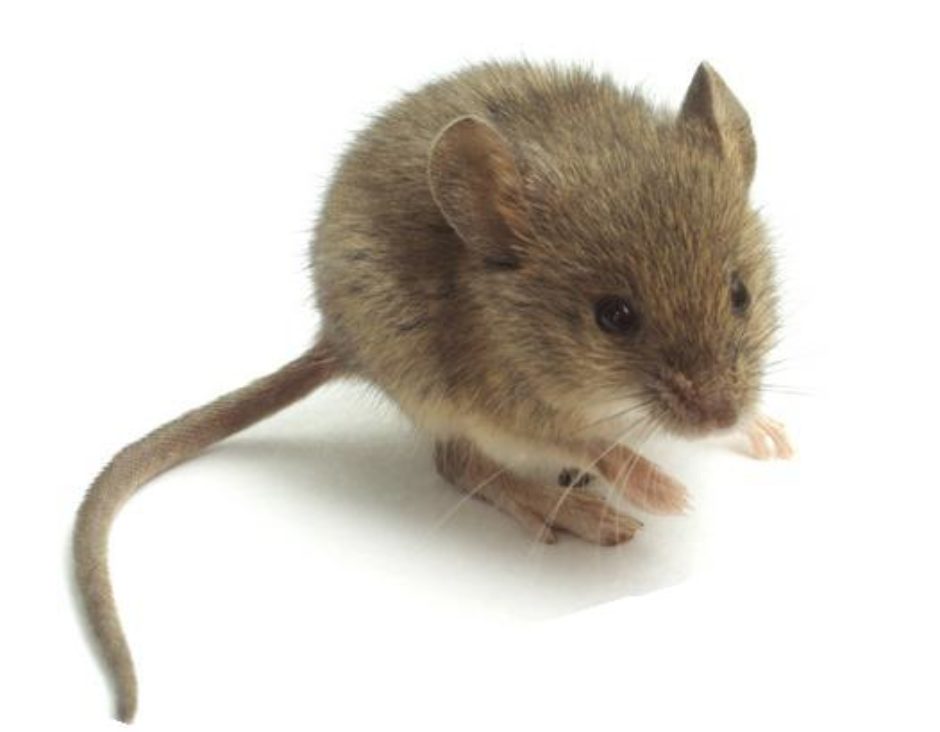Mice or rats need to eat poison bait each day for about a week before they die. Mice gnaw into the packet to feed on the bait. Block style baits are also very effective. Mice seldom venture far from their shelter and food supply, so space traps no more than about 10 feet apart in areas where mice are active.
Mice reach sexual maturity at between five and six weeks of age and have tremendous reproductive potential. They breed throughout the year and may produce as many as eight litters in a single year, with the average litter consisting of four to seven pups. Mice should be fed a commercial pelleted mouse diet and water ad lib. These diets are nutritionally complete, but they still need a large variety of vegetables. Mice have become powerful, living research tools.
Mice have even been known to trim the plants along their runways. In the winter tracks can sometimes be seen on snow. Mice gather seeds that have fallen or blown onto the sand or climb plant stems to harvest attached seed heads. Sea oats make up the bulk of a beach mouse’s diet ( Figure 5 ). Mice love grass seed. Or birdseed or pet foods.
Mice are smaller and therefore can enter narrower openings, making rodent-proofing more difficult. They have limited areas of movement (home range) and require little or no free water. Mice weigh between one and two ounces. Wild mice are active at night, but domesticated mice can be active throughout the day. Mice are very good climbers, and can enter houses through roofs just as easily as they enter at the ground level. Once each and every one of these openings is properly sealed the mice will no longer be able to enter the house.
Mice that live in the fields eat seeds, roots, nuts, berries, and insects. Mice that live in barns eat grain and cattle food. Mice contain at least one button and sometimes as many as three, which have different functions depending on what program is running . Some newer mice also include a scroll wheel for scrolling through long documents. Mice with less image-processing power also have problems tracking fast movement, though high-end mice can track at 2 m/s (80?inches per second) and faster.
Mice constantly explore and learn about their environment, memorizing the locations of pathways, obstacles, food and water, shelter and other elements in their domain. They quickly detect new objects in their environment, but they do not fear novel objects as do rats. Mice are agricultural pests in some areas, however, and they do consume and contaminate stored human food with their droppings. They also destroy woodwork, furniture, upholstery, and clothing. Mice will gnaw to enlarge such openings so they can gain entry.
Mice originated in Asia and spread through Europe many centuries ago. In the 1500s, mice arrived on the ships of the explorers in what is now Florida and Latin America.
Females are ready to mate every four or five days. When males and female mice mate, the male’s sperm enters the female’s body and joins with eggs inside the female’s body. Females can have up to four litters per year with an average of three to six young per litter. The gestation period is from 22 to 25 days long. Females produce litters of four to eight young after a gestation period of three weeks; under favorable conditions they breed throughout the year. The young mature in two months.
Jigfo.com is a global platform for sharing and learning knowledge. For more information on this article topics visit:
http://www.jigfo.com
http://baitdogs.jigfo.com/
http://catsanddogs.jigfo.com/
Article from articlesbase.com
Related Wild Mice Articles
